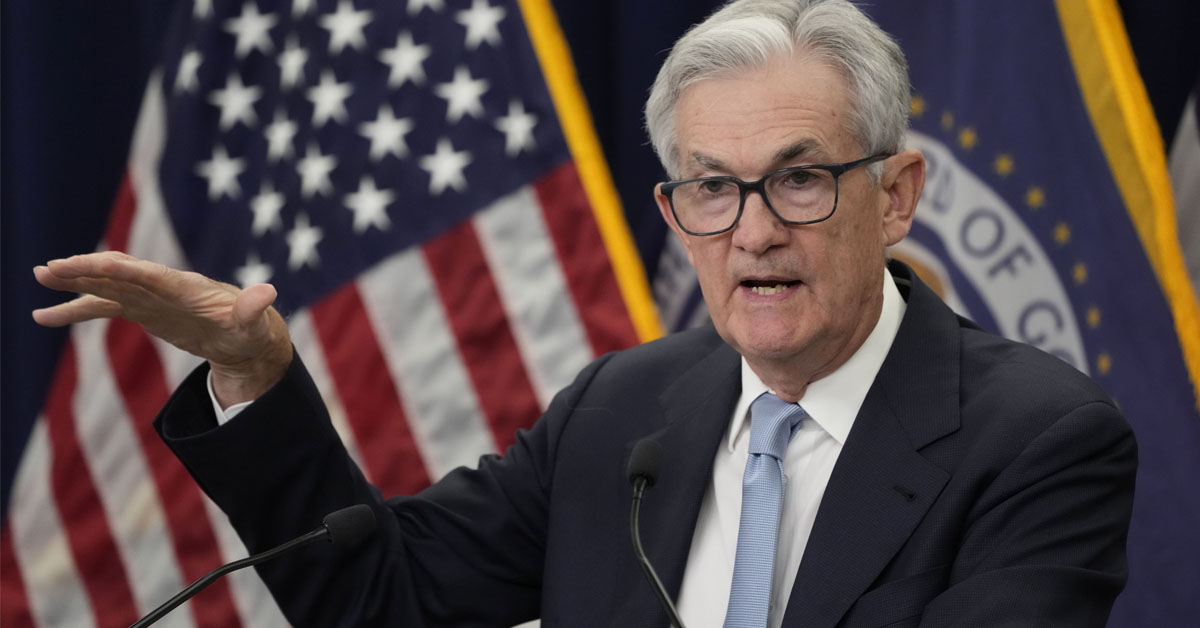Despite a new wave of turbulence within the U.S. banking sector, the Federal Reserve elected to go ahead with a widely expected 25-basis-point increase of its benchmark interest rate, moving the target range for the federal funds rate up to 4.75% to 5%.
In a statement released after the most recent meeting of its Federal Open Market Committee (FOMC), the Fed recognized concerns about the banking sector but remained committed to a restrictive monetary policy to rein in inflation.
“The U.S. banking system is sound and resilient,” the FOMC statement read. “Recent developments are likely to result in tighter credit conditions for households and businesses, and to weigh on economic activity, hiring and inflation. The extent of these effects is uncertain. The committee remains highly attentive to inflation risks.”
Some stakeholders, including many within the rate-sensitive real estate and mortgage industries, had been hoping that recent banking chaos would sway the central bank into holding off from a ninth straight interest rate increase. But the Fed remained resolute, with the decision to raise rates again unanimous. No voting members of the FOMC have voted against a rate increase since June 2022.
While the rate hike wasn’t necessarily shocking, Marty Green, principal at mortgage law firm Polunsky Beitel Green, said that the Fed’s move was nonetheless misguided.
“While the unfolding banking crisis of the last couple of weeks caused many industry experts to call for the Federal Reserve to pause its interest rate hikes, the Federal Reserve ultimately decided to move forward slavishly with another quarter-point increase,” he said. “Since the recent shock to the banking system will almost certainly lead to a significant tightening of financial conditions as banks and financial-service providers become more cautious with the allocation of capital to potential borrowers, one hopes that the Federal Reserve has not let a good crisis go to waste.
“Teetering confidence in the banking sector, even if currently contained to a small number of banks, offered the Federal Reserve a perfect opportunity to pause without signaling that it was throwing in the towel on inflation. Instead, the Federal Reserve appears to be continuing to dance to last month’s music, not fully aware that the tune is vastly different today.”
Odeta Kushi, deputy chief economist at First American Financial Corp., acknowledged that the Fed found itself between a rock and a hard place.
“Some argued that the recent stress on the banking system may prompt the Federal Reserve to take its foot off the pedal, at least temporarily,” she said. “A pause may allow the Fed time to assess the risks posed to the banking system, but it may also be a signal to markets that the Fed remains concerned about the stability of the financial sector, prompting more flight to safety in U.S. Treasury bonds and more downward pressure on mortgage rates.”
“The Fed had a tough choice,” she continued. “Continue to fight inflation, raise rates and see if the real estate crash-test dummy can withstand the shock, or pause and see if the banking system responds favorably or depositors lose confidence, and another crash-test dummy goes through the windshield.”
New rate projections released by the Fed reveal that it anticipates benchmark rates at 5.1% by the end of this year, suggesting another rate increase of 25 basis points before a potential break from the hikes. But the projections also imply that rate increases could be in place for longer than previously anticipated, with the benchmark rate forecast for 2024 at 4.3%, up from 4.1% since the previous figures released in December.






